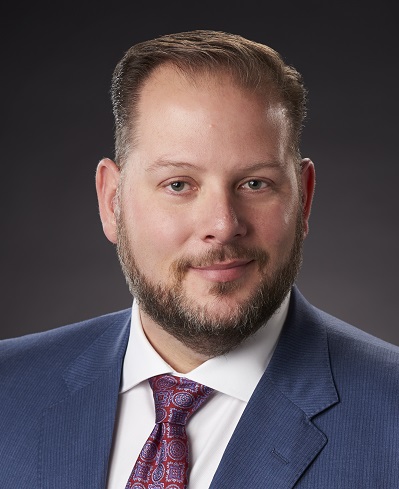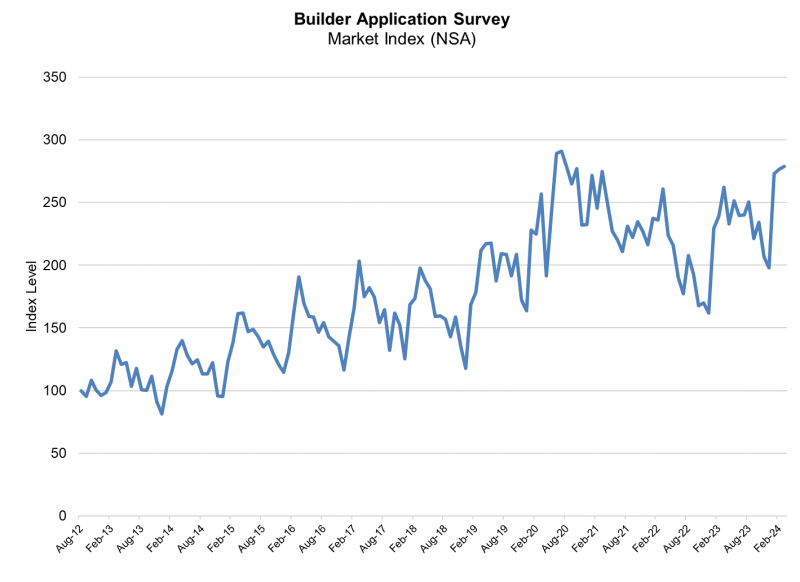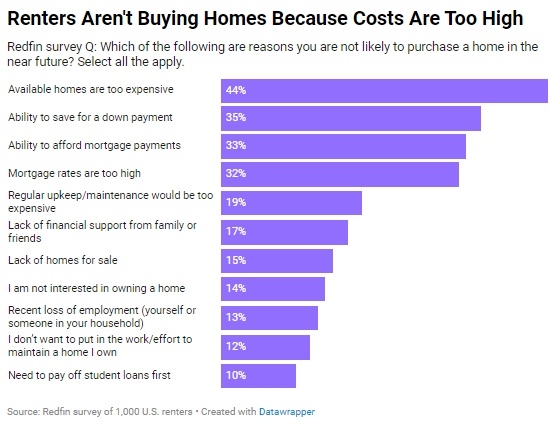Advertisement
The Death of the Mortgage Professional

As mortgage professionals embrace technology, technology is replacing mortgage professionals. The industry’s greatest opportunity mirrors its greatest challenge: The need to balance the insatiable appetite to invest in more technology with the need to invest in our employees. Investing in our employees enhances their ability, performance, and our overall retention of knowledge and experience. However, our heightened reliance on and use of technology is replacing these employees and their guidance for the most important financial decision of the average American’s life. Our knowledge base and experience as an industry is eroding as we implement technologies that ultimately eliminate jobs and human interaction. We must invest in our knowledge base and experience as an industry to retain that most important element of the mortgage process.
How did we get here? Since the meltdown in 2007, we have seen layer upon layer of both people and technology deployed to enforce new regulations and create efficiencies to offset the cost of the new regulatory environment. After their initial focus on compliance, tech companies saw an opening for “aiding” with the origination process. Companies were forced to hire more people to assist the mortgage professional in navigating the new regulatory environment. This added tremendous expense to an already hefty compliance burden. Since the new Loan Originator compensation requirements did not allow mortgage professionals to be held accountable for their errors, companies had to protect the already shrinking margins by creating disclosure desks to watch the bottom line and make sure fees were accurate and disclosed in accordance with the regulation. The cost per closed loan skyrocketed commensurate to the cost of compliance and the newly acquired head count. Companies struggled to interpret the Dodd-Frank Act and franticly sought the direction and advice of expensive attorneys to make sure they were in compliance so as not to attract the attention of the newly founded Consumer Finance Protection Bureau (CFPB).
Moving forward a few years, the industry stabilized. Bad actors were out of the business, exotic loans were no longer the bright and shiny object, and we all focused on FHA, VA, USDA, and conventional business, the true foundation of mortgage lending. Mortgage professionals became dependent on disclosure desks and Loan Officer assistants. An unintended consequence of this comfort was the loss of a few basic skills that all mortgage professionals used to possess; how to disclose a loan, as well as communicating with borrowers after submission. Online applications were becoming popular and mortgage professionals no longer had to interview their borrowers to fill out a 1003. The borrowers could complete their application in the comfort of their own home at 11:30 p.m. This innovation led to 1003’s that were not accurate and mortgage professionals that were not familiar with the story of the borrowers past, therefore had no connection to the borrower. As the technology advanced, the mortgage professionals interaction with the borrowers further declined. This is where the death of the mortgage professional began.
When I started in 1996, a mortgage professional had to be well-versed in all aspects of lending. The Good Faith Estimate (GFE) was filled out by hand, the Truth-in-Lending (TIL) was manually calculated, and the 1003 was completed on carbon paper four sheets thick. The level of knowledge that the mortgage professional was required to have rivaled that of an underwriter as there was no DU or LP to make the decision for them. The mortgage professional was required to have solid interview skills so they could proactively address any issue that may arise throughout the process, which took more than 45 days. The mortgage professional was the single point of contact for that borrower and built an enduring relationship that lasted the mortgage professional’s entire career. Certainly, 1003’s were filled out over the phone and there were cases where the mortgage professional never met the borrower face to face, but they still communicated with one another. This communication is the key to the success of a true mortgage professional. Technology has advanced to the point where the borrower can go through the entire process without speaking to a human being. This may work for some loan types, borrowers, and companies, but it does not bode well for the mortgage professional.
Technology is sold to mortgage professionals as a way to close more loans with less effort. However, technology is pushed down from the very top by executives who may not necessarily be in touch with the sales team. The tech companies that create these interfaces do not market the mortgage professional, they market the CFO’s, CIO’s and COO’s knowing that these leaders are always looking for ways to create efficiencies and drive down costs. The fact remains that you could have the most cutting-edge technology and the success of that technology will be 100 percent dependent on the implementation and buy-in from the rest of the company. Other considerations in the reliance on technology is that the IT department needs to maintain the software, so they need more people and good IT people are not cheap. As technology replaces people in operations, the remaining staff must be more versatile and experienced, which means when you lose a key player, they are harder to replace. Now all of the experience and knowledge resides with the Processors and Underwriters. The threat to the mortgage professional is that technology is coming in between them and the borrower. This, coupled with the fact that assistants and processors now do the majority of the verbal communication with the borrower, is diminishing the role of the mortgage professional.
Much of the technology developed is to allow consumers to be their own Loan Officer. Tech companies have doubled down on the assumption that Millennials do not care about customer service or human interaction. Service is still an important factor in everything we do. We tend to think that the Millennial generation is all about technology and independence. However, one of the many things that we can learn from the Millennial generation is that we cannot categorize them! Society attempts to place Millennials into a box, and Millennials keep proving society wrong. The Millennial generation is the most highly educated generation in our country’s history, as such Millennials want to be able to conduct independent research and have enough information to speak intelligently to whatever endeavor they may be undertaking. They are free-thinking independents that want the ease of technology, but also require the advice and guidance of experienced mortgage professionals. It is our task as mortgage professionals to provide our consumers, from Baby Boomers to Generation Z, enough technology to be relevant, yet not so much technology as to eliminate the human element.
Technology will certainly continue to revolutionize the mortgage industry. As companies like Zillow and Amazon enter the fray they will find new ways of automating the process and driving down costs, eventually eliminating the need for the mortgage professional. This will impact primarily conventional and perhaps even some non-QM business. Rome is not burning however, as the government lending sector will always need the human element. The level of complexity that is inherent with government lending means that there will also always be a need for mortgage professionals that understand and know how to navigate around those complexities.
We must balance the human element with technology so our industry does not become so binary that algorithms and artificial intelligence are making all the decisions. Our challenge as an industry is to find the balance between technology and people, while evolving with consumers’ desires and a new automated landscape.
 Robert J. Clennan is President of Mortgage Solutions of Colorado LLC d/b/a Mortgage Solutions Financial and Ag-America. Over his time with the company, Rob has hired, trained and guided hundreds Of Loan Officers. As Chief Production Officer, he helped identify and grow a number of new and emerging markets, leading the company to all-time production records, beating previous records by over 50 percent. He may be reached by phone at (719) 955-2339.
Robert J. Clennan is President of Mortgage Solutions of Colorado LLC d/b/a Mortgage Solutions Financial and Ag-America. Over his time with the company, Rob has hired, trained and guided hundreds Of Loan Officers. As Chief Production Officer, he helped identify and grow a number of new and emerging markets, leading the company to all-time production records, beating previous records by over 50 percent. He may be reached by phone at (719) 955-2339.This article originally appeared in the December 2018 print edition of National Mortgage Professional Magazine.
About the author





